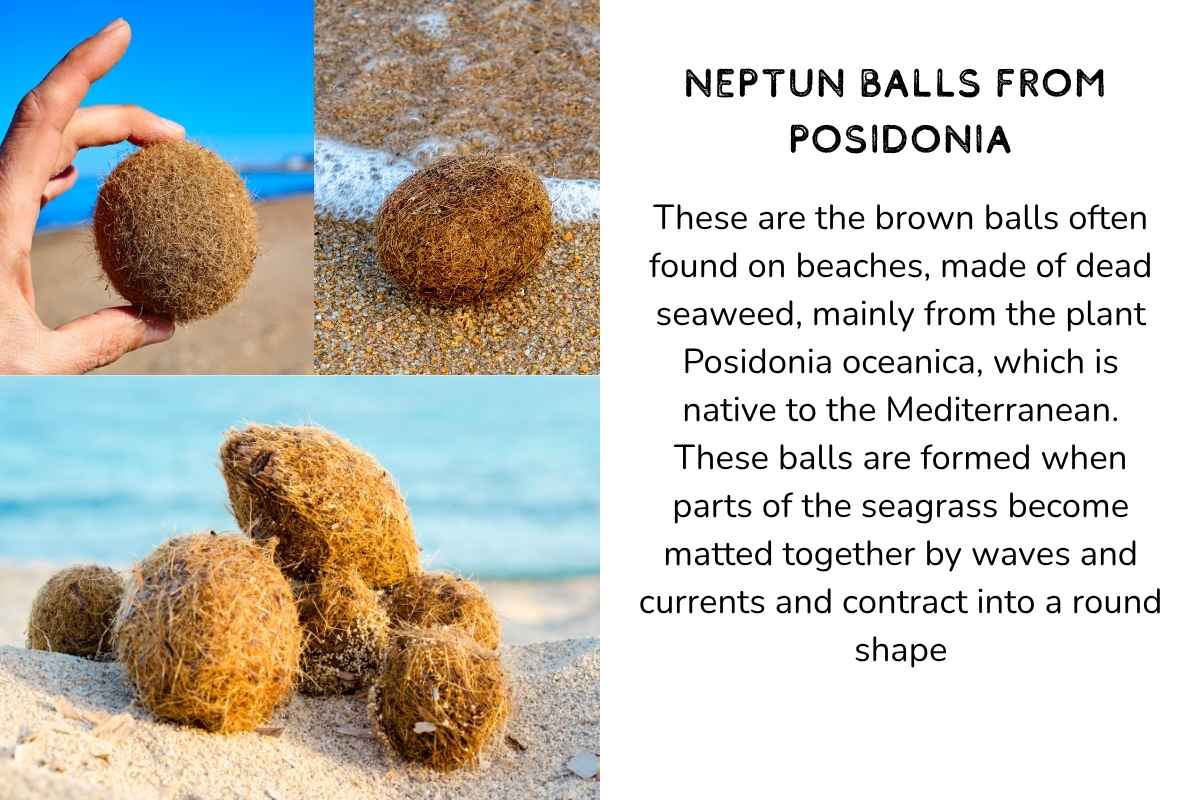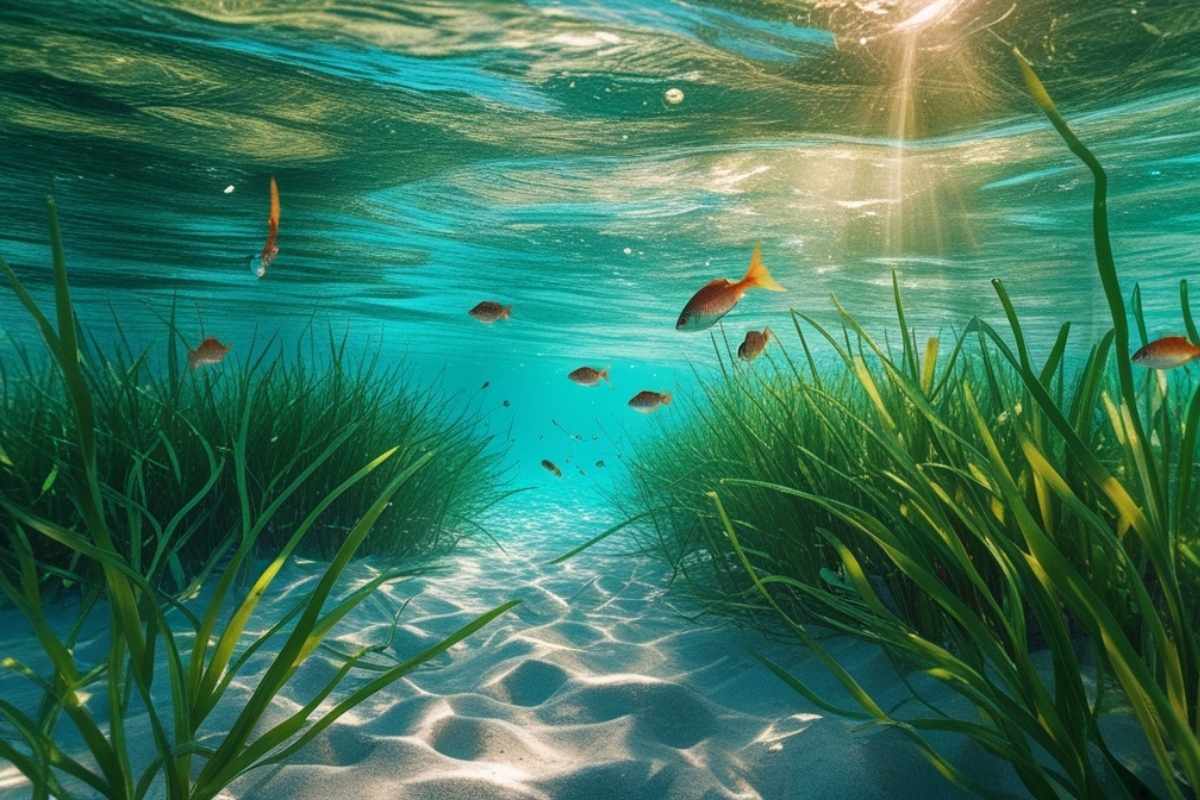A Vital Piece of Our Ecosystem
Posidonia oceanica: Climate Protector in the Mediterranean – Why Rising Temperatures Threaten Neptune Grass
The Mediterranean is not only a popular holiday destination but also home to a unique ecosystem: the seagrass meadows of Posidonia oceanica, also known as Neptune grass. These inconspicuous plants play a crucial role in the fight against climate change. However, rising sea temperatures are putting them under severe stress. Why is this happening, and what does it mean for our climate?
What is Posidonia oceanica?
Posidonia oceanica is a marine plant native to the Mediterranean that forms large underwater meadows. These meadows are not only biodiversity hotspots but also true CO₂ sinks. Through photosynthesis, they bind large amounts of carbon, store it in their leaves, rhizomes, and roots, and deposit dead plant material in the sediment. There, the carbon remains stable for centuries to millennia—a genuine long-term storage for CO₂.
Why is Posidonia a Climate Protector?
Posidonia meadows are extremely efficient carbon sinks. Per area, they can store up to ten times more carbon than tropical rainforests on land. This is because the stored carbon—so-called “blue carbon”—is deposited in the sediment and remains there for a very long time.
Other benefits of seagrass meadows:
-
Biodiversity: They provide habitat for numerous animal species, including fish, turtles, sharks, and migratory birds.
-
Coastal protection: The meadows protect coastlines from erosion.
-
Water quality: They filter pollutants and microplastics from the water.
-
Oxygen production: They produce large amounts of oxygen.
The Threat from Rising Temperatures
But this valuable ecosystem is in danger. Climate change and the associated warming of the seas are putting massive pressure on seagrass meadows. Scientific studies show that even a rise in maximum water temperatures by three degrees Celsius can triple the mortality rate of Neptune grass. The plant grows very slowly and can hardly adapt to rapidly changing conditions.
The eastern and central regions of the Mediterranean, where temperatures are highest, are particularly affected. There, large parts of the seagrass meadows could disappear as early as the middle of this century. Additional stress factors include invasive species, which spread more easily under warmer conditions and further burden the ecosystem.

What Happens if Posidonia Meadows Disappear?
If Posidonia meadows die off, not only is an important habitat for many species lost, but also one of the most effective natural CO₂ sinks worldwide. The carbon stored in the sediment is then released again and returns to the atmosphere as CO₂—with negative consequences for the climate.
This means:
-
Instead of binding CO₂, destroyed seagrass meadows become a source of CO₂.
-
This creates a vicious cycle: the more meadows disappear, the more CO₂ enters the atmosphere—further accelerating climate change.
Is There Still Hope?
Yes, there are also positive developments:
-
In some western parts of the Mediterranean, temperatures may remain below the critical threshold for now, allowing seagrass meadows to survive there.
-
Studies show that certain adaptation mechanisms—such as increased seed development—could support the species’ survival under specific conditions.
However, it is crucial that we act now:
-
Protecting and restoring seagrass meadows is essential for climate protection.
-
At the same time, we must drastically reduce global emissions to slow the warming of the seas.
What Can We Do?
Everyone can contribute:
-
Support protected areas: Promote and expand protected areas in the Mediterranean.
-
Sustainable tourism: Treat the sea with care—for example, avoid anchoring in seagrass meadows.
-
Promote restoration: Support projects to restore seagrass meadows.
-
Live climate protection: Reduce your own CO₂ footprint to slow global warming.
Posidonia oceanica is a true climate protector—but its future is uncertain. The warming of the seas threatens this sensitive ecosystem and its natural CO₂ storage. Only through consistent protection and global action against climate change can we preserve seagrass meadows and their many functions.
Seagrass meadows are a beacon of hope, but not a substitute for comprehensive climate protection. Together, we can help ensure that the Mediterranean remains a vibrant and climate-resilient sea in the future.
Author: Francesco del Orbe


